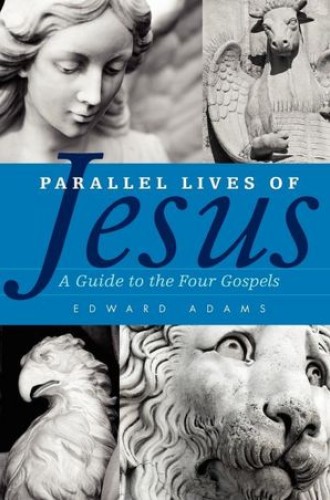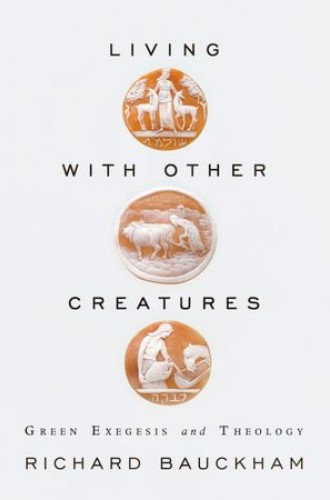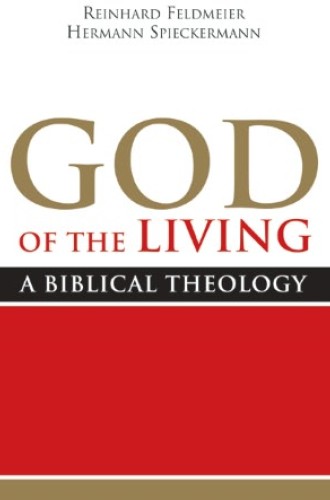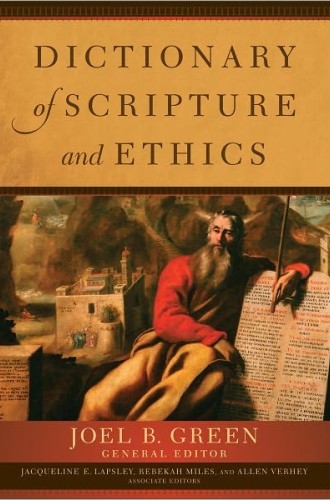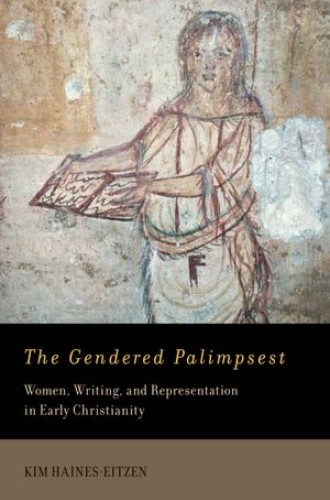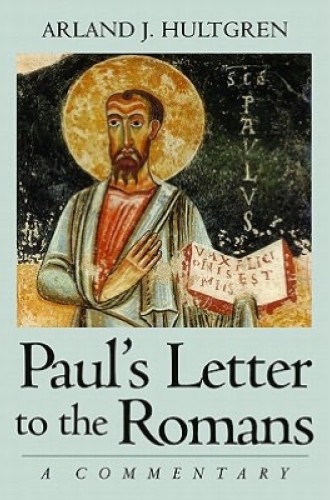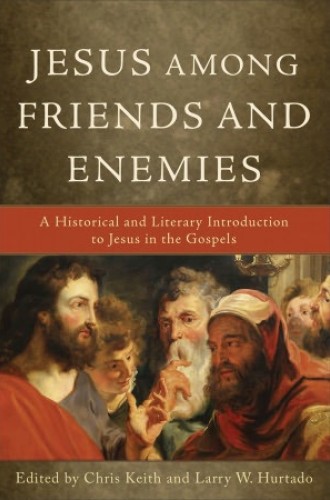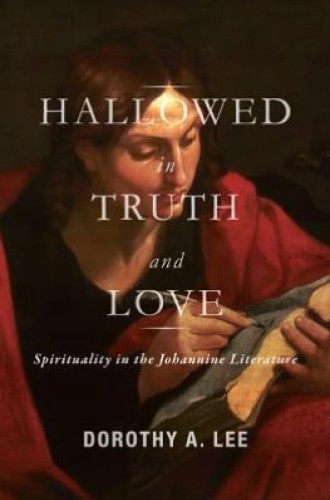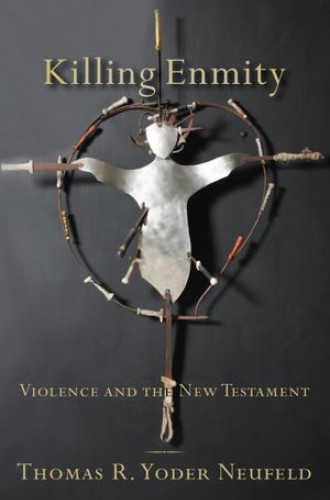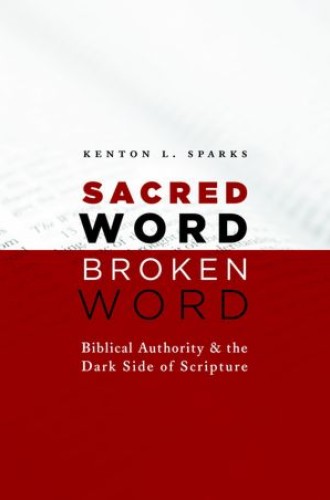New Testament
Parallel Lives of Jesus: A Guide to the Four Gospels, by Edward Adams. Introductions to the Gospels most often underscore the individual personality of each Gospel and leave aside questions of the Gospels’ similarity. Parallel Lives of Jesus achieves both with economy and clarity. After a brief historical introduction to the formation of the Gospels, Adams draws on narrative studies of film and novels to illumine the task of reading the Gospels as story. In four chapters Adams discusses the distinctiveness of each Gospel, and a final section treats some major events across the four Gospels.
Living with Other Creatures: Green Exegesis and Theology, by Richard Bauckham. Ranging from Genesis 1 to the book of Revelation, Bauckham situates human dominion over the rest of creation within a broad biblical tradition that places humanity in the “community of creation” and emphasizes human participation in the worship that all creation offers to God. Bauckham has been attending to these issues for several decades, and his mature reflection has resulted in a book that is exegetically and theologically rewarding.
God of the Living: A Biblical Theology, by Reinhard Feldmeier and Hermann Spieckermann. The straightforward title of this volume directly communicates what the subject matter is, but it cannot convey its extraordinary character. Feldmeier and Spieckermann, specialists in New and Old Testament respectively, together undertake an exploration of the nature and character of God that ranges across the canon. The result is no mere catalogue of texts and themes but a bold and often beautiful exposition of the God who lives and who brings life into being.
Dictionary of Scripture and Ethics, edited by Joel B. Green, Jacqueline E. Lapsley, Rebekah Miles and Allen Verhey. One need only glance at each week’s headlines to grasp the need for thoughtful, constructive conversation between biblical studies and ethics. This dictionary provides a rich resource, both in its general articles on ethics in scripture and scripture in ethics and in its admirable range of individual topics. What other single volume offers entries on Mark, materialism, proverbs and propaganda?
The Gendered Palimpsest: Women, Writing, and Representation in Early Christianity, by Kim Haines-Eitzen. A palimpsest is a parchment or other writing surface that has been scraped down and used again for another text. Haines-Eitzen applies the term metaphorically in this study of the complex roles of women in early Christian production of books, of their representation as readers of Christian texts, and of the ways in which stories involving women were altered by copyists. The volume is an important contribution to efforts to reclaim the complexity of the work and representations of women in early Christianity.
Paul’s Letter to the Romans: A Commentary, by Arland J. Hultgren. Years of teaching and research make Hultgren a sure-footed guide through the rough terrain that is Paul’s letter to the Romans. The notes, bibliography and appendices orient readers to the profusion of scholarly work on the letter, but Hultgren does not lose sight of the major task of helping readers through Paul’s most influential and most challenging letter. Although attentive to historical questions, Hultgren also grasps the theological importance of Romans.
Jesus among Friends and Enemies: A Historical and Literary Introduction to Jesus in the Gospels, edited by Chris Keith and Larry W. Hurtado. The quest for the identity of Jesus begins not with 19th-century historians but with Jesus’ own contemporaries. Each contributor to this volume takes up a group or individual—ranging from God and angels (Edith M. Humphrey) to Judas Iscariot (Holly J. Carey)—looking first at historical traditions and then at the character’s narrative role and relationship to Jesus. The result is both a distinctive introduction to the quest for the identity of Jesus and an invitation to readers to reflect on their own stance in relationship to the Nazarene.
Hallowed in Truth and Love: Spirituality in the Johannine Literature, by Dorothy A. Lee. Lee, widely regarded for her work on the Gospel of John, examines the spirituality that emerges from the Johannine writings. Major motifs include Jesus as the Word, the place of worship, the role of the Spirit, the crisis of Jesus’ absence and the character of discipleship. In the Johannine epistles spirituality includes the life of the community, and the Apocalypse has a political and economic dimension as well. In this welcome treatment, spirituality is not divorced from text or tradition.
Killing Enmity: Violence and the New Testament, by Thomas R. Yoder Neufeld. The ambiguous title provides an important hint about the texture of this study. Many thoughtful readers of the New Testament are puzzled, even offended, by texts that associate God and God’s agents with violence, most notably in the accounts of Jesus’ death. Yoder Neufeld examines the key texts and themes in an attempt to discover whether they enshrine violence or undermine it. Respectful of his conversation partners and attentive to the text, Neufeld’s study is an important contribution to the ongoing debate.
Sacred Word, Broken Word: Biblical Authority and the Dark Side of Scripture, by Kenton L. Sparks. How does scripture continue to be an authoritative word once we have acknowledged that “its contents are untidy, diverse, and influenced by the fallen human condition”? Sparks wants readers to be honest in admitting the brokenness of scripture, and he offers important reflections on the historical and theological resources available for committed and constructive interpretation of scripture by broken human beings.


